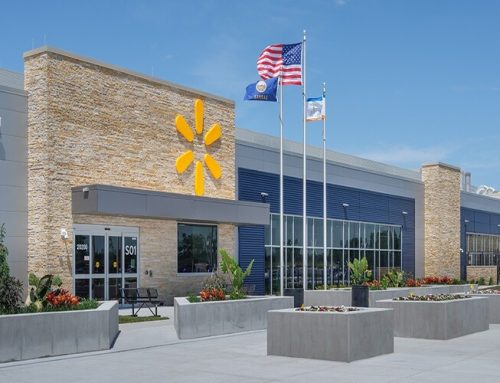By Joana Colussi, Nick Paulson, Gary Schnitkey, and Jim Baltz, Department of Agricultural and Consumer Economics, University of Illinois and Carl Zulauf, Department of Agricultural, Environmental and Development Economics, Ohio State University
The direct costs of soybean production in the Brazilian State of Mato Grosso have increased at a similar rate to those in Illinois since 2016. Direct input costs in Brazil reached record levels for the 2022/2023 crop season and are projected to decline for the 2023/2024 crop season. Overall, the direct costs to produce soybeans have been higher in Mato Grosso than in Illinois. Today’s article compares trends in the direct costs of soybean production in major production regions of Brazil and the United States, the world’s largest soybean producers and exporters.
Similar Trends in Direct Costs
Direct costs include the cost of production inputs, such as fertilizers, seeds, pesticides (herbicides, insecticides, fungicides), and costs associated with drying, storage, and crop insurance. Total direct costs for soybean production in Mato Grosso have increased from $274 per acre in 2016 to $390 in 2023 (see Figure 1), which implies an average annualized growth rate of 7.5%. From 2016 to 2023, total direct costs for soybean production in central Illinois have increased from $186 to $295, an average annual growth rate of 7.4% (see Figure 1).
Overall, soybean production costs have been higher in Mato Grosso than in central Illinois since 2016. Despite the higher costs, Brazil’s operating margins remain positive because of high commodity prices in recent years, robust global demand, and a favorable exchange rate for Brazilian exporters. From 2016 to 2023, the Brazilian currency depreciated by 60% in relation to the dollar (moving from 3.23 to 5.23 Brazilian real per US dollar).
Total direct costs are projected to decline 14% for the 2023/2024 crop year in Mato Grosso, compared to the record levels in 2022/2023. Even so, direct costs in Brazil will remain higher than in central Illinois. The primary driver of this direct cost gap for the upcoming crop season is the continued high cost of fertilizers (see more in the following section). Compared to the United States, high prices and volatility in global fertilizer markets have more negatively impacted Brazilian farmers as they rely on imports for 85% of their overall fertilizer needs.
To read entire report, Click Here



